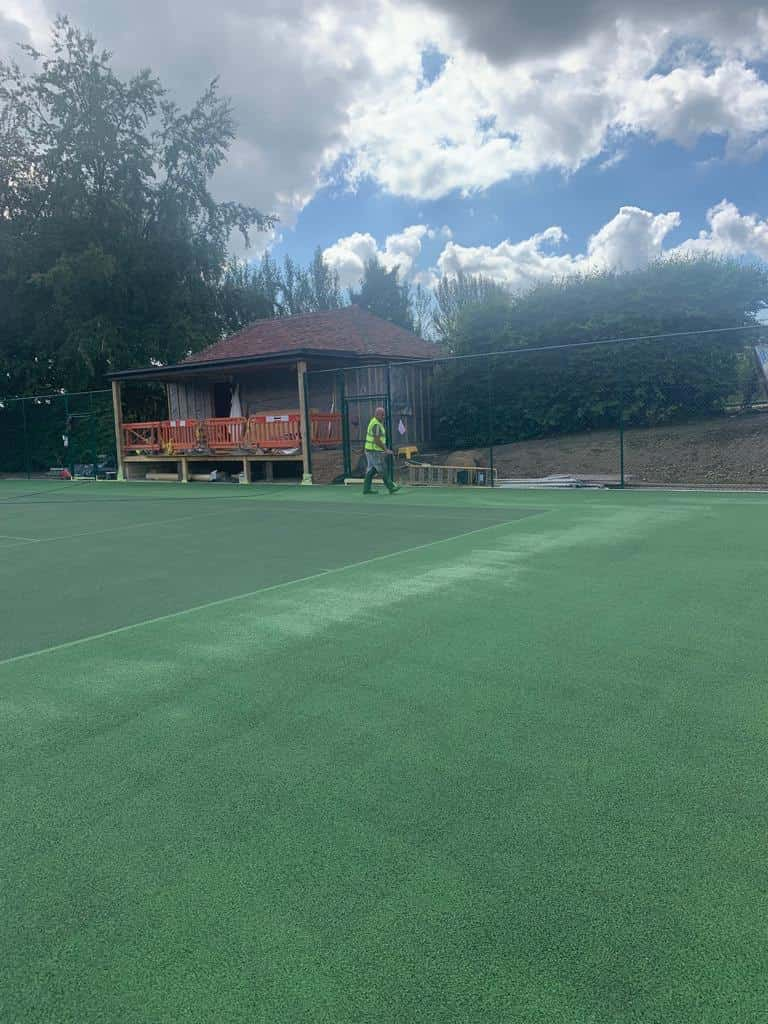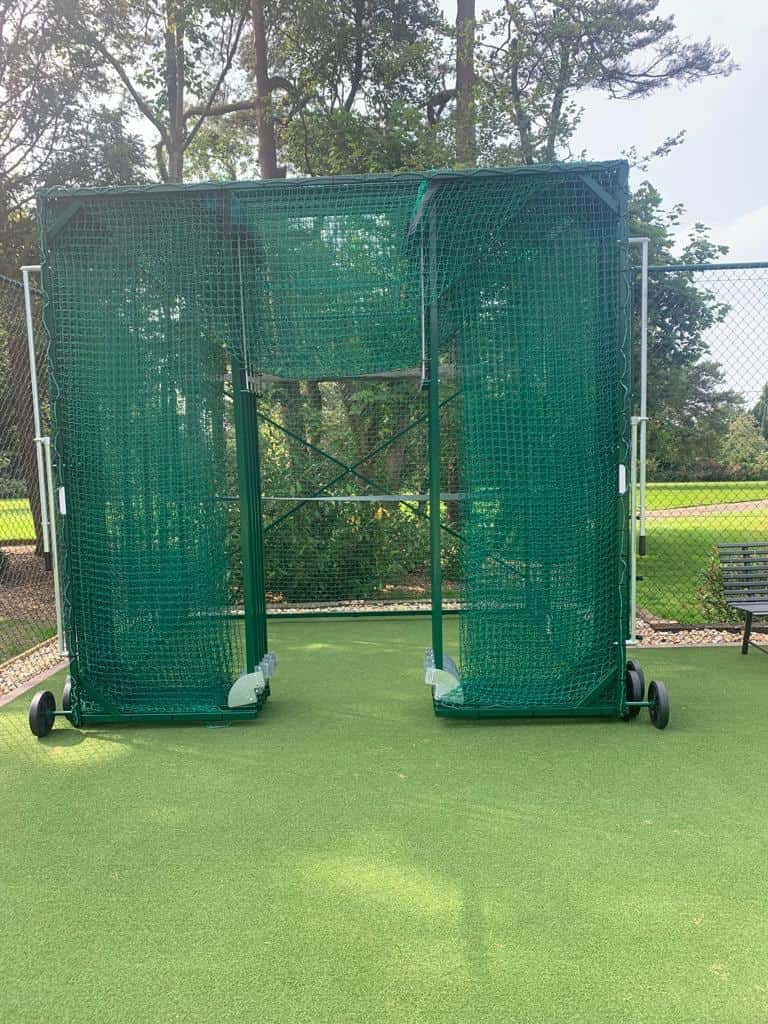Introduction: Tennis courts are an integral part of recreational facilities, offering a space for exercise, fun, and friendly competition. However, over time, these courts can show signs of wear and tear, prompting the need for refurbishment. As environmental awareness grows, many tennis court owners seek eco-friendly refurbishment solutions. In this blog post, Tennis Court Construction Kent explores sustainable and environmentally-conscious methods to rejuvenate your tennis court while minimising the impact on the planet.
1. Resurfacing with Recycled Materials
Traditionally, tennis court resurfacing involves removing the existing surface and installing a new one. Instead of using entirely new materials, consider incorporating recycled materials into the resurfacing process. Recycled tennis court surfaces, such as rubberised materials made from recycled tires, provide excellent playing characteristics and are an eco-friendly alternative.
2. Water-Based Paints
Regarding court markings and lines, opt for water-based paints rather than solvent-based ones. Water-based paints have lower volatile organic compounds (VOCs) emissions and are less environmentally harmful. They are also available in various colours, ensuring your tennis court’s vibrant and professional look.
3. LED Lighting
If your tennis court has lighting, consider upgrading to energy-efficient LED lighting. LED lights consume significantly less energy than traditional halogen or incandescent bulbs, reducing your energy bills and carbon footprint. Additionally, LED lights have a longer lifespan, reducing maintenance and replacement costs.
4. Sustainable Landscaping
The area around your tennis court also plays a role in its eco-friendliness. Planting native and drought-resistant vegetation can help conserve water and reduce the need for irrigation. Choosing permeable or porous paving materials for walkways and access paths can help with rainwater absorption and minimise runoff.
5. Rainwater Harvesting
Consider installing a rainwater harvesting system to collect rainwater from the court surface and surrounding areas. This collected rainwater can be reused for court cleaning, irrigation, or other non-potable purposes, reducing your reliance on municipal water sources.
6. Regular Maintenance
Sustainable tennis court refurbishment is not limited to construction methods but includes ongoing maintenance practices. Implementing a regular maintenance plan that focuses on eco-friendly cleaning products and practices can prolong the life of your tennis court and minimise the need for more extensive refurbishments.
7. Recycle and Reuse
During the refurbishment process, try to recycle or reuse materials whenever possible. For example, if you are replacing fencing or netting, consider recycling the old materials or repurposing them in other areas of your facility.
8. Consult with Eco-Friendly Contractors
When selecting a contractor for your tennis court refurbishment project, choose one that prioritises sustainability and eco-friendly practices. Contractors with experience in sustainable construction methods can help you make environmentally conscious choices throughout the project.
Conclusion: Eco-friendly tennis court refurbishment solutions are beneficial for the environment and the long-term sustainability of your facility. By incorporating recycled materials, using water-based paints, upgrading to LED lighting, practising sustainable landscaping, and implementing rainwater harvesting, you can reduce your carbon footprint and enjoy a more environmentally-conscious tennis court. Tennis Court Construction Kent is committed to helping you achieve a greener and more sustainable tennis court that provides enjoyment for years.
Call us on: 01580 234 693
Click here to find out more about Tennis Court Construction Kent
Click here to complete our contact form and see how we can help with your court’s needs.


